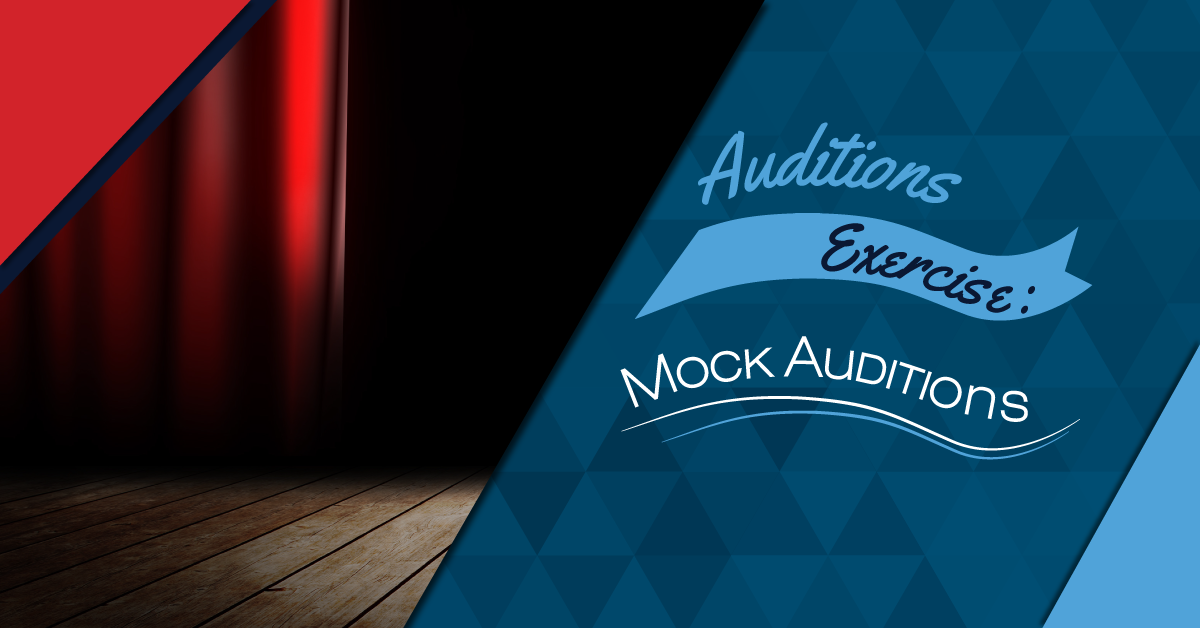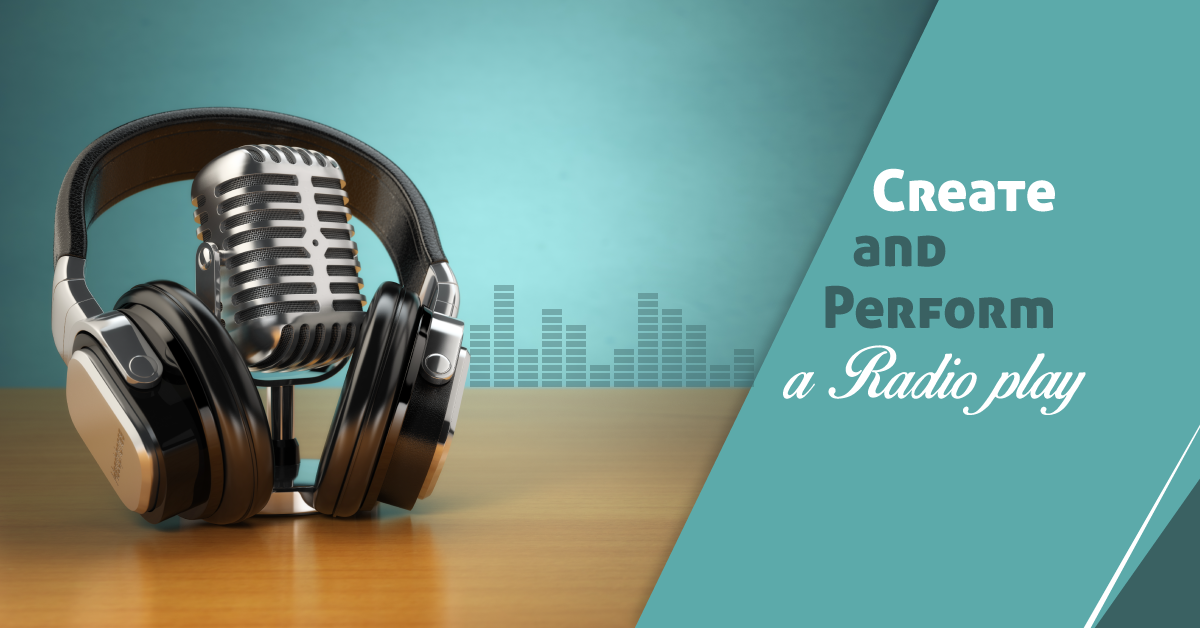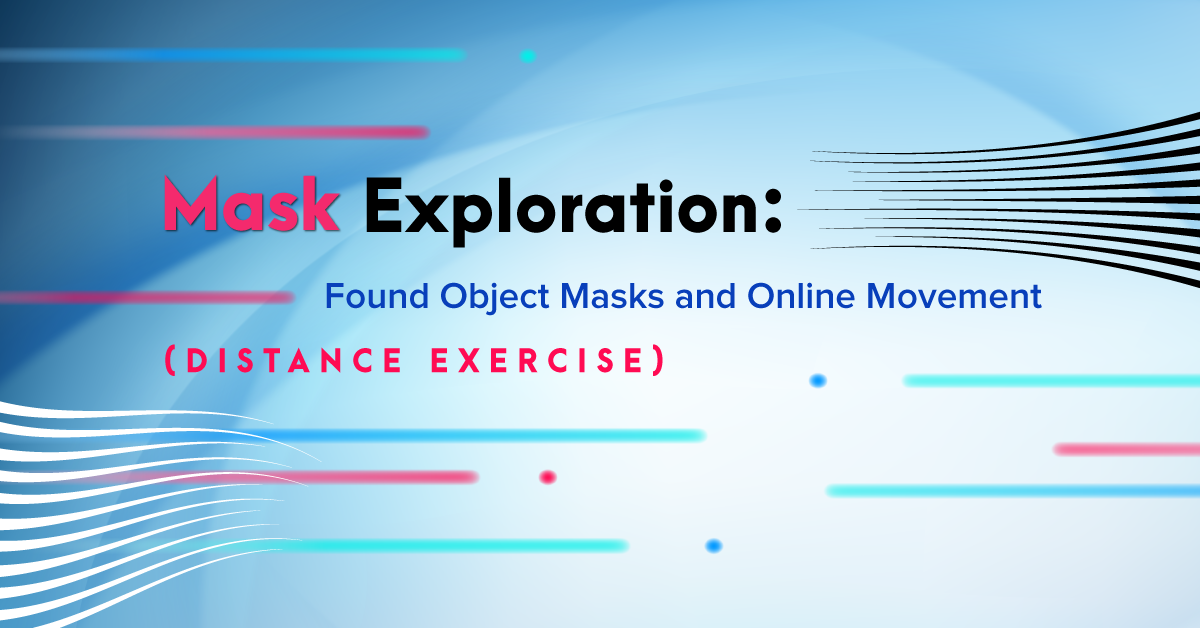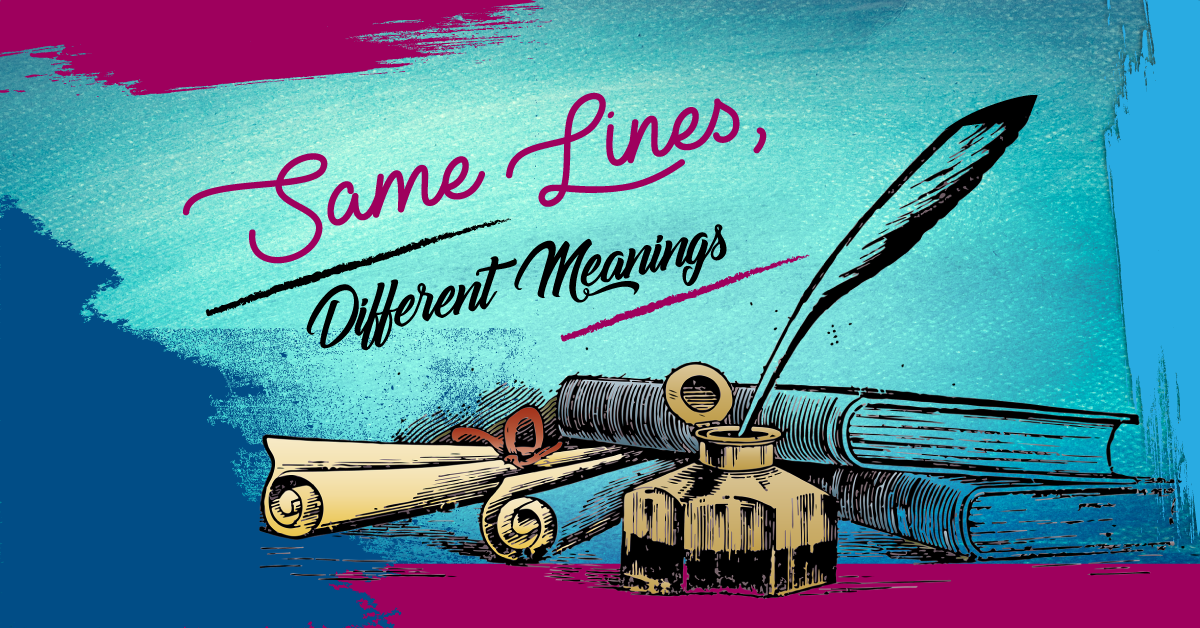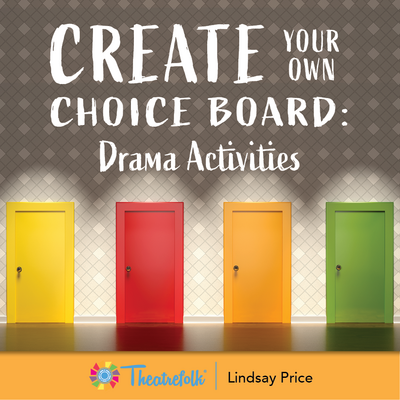There exists in everyone the potential for good or evil. Laramie Dean's adaptation of Dracula asks the question: How much would it take to bring out the darkness inside of you?
Auditions Exercise Part 2: Mock Auditions
The following is Part Two of our Mock Audition Exercise, which allows students to practice preparing for and presenting an audition in a safe environment. Click here to read Part One.
Outside of preparing an audition for a show, students don’t often have the chance to “practice” auditioning. But auditioning is a skill that can be practiced and improved. I have used this exercise every year with my newest drama students. While it can be a nerve-wracking experience, students always report afterwards that they feel more confident and are glad that they went through the process.
Part One of the exercise consisted of selecting a monologue and recording it on video–almost like creating and submitting a first draft of an essay. For Part Two , students will refine and prepare that monologue to present in front of the entire class.
How do we refine a monologue for presentation?
1. Take note of notes.
In Part One, students selected a monologue, identified important points about the content of the monologue, and noted WHY this monologue was good for an audition. They memorized the piece, practiced it at home, and presented it for a partner, who recorded it on a digital camera or smartphone. The students then viewed the recordings, took notes on their own performance, and received notes from their partner.
Students will take the notes they received from their partner and compare them to the notes they made on their own performance. Have them consider the following:
- Are your partner’s notes similar to or very different from yours?
- What did your partner notice that you overlooked?
- Do you agree with your partner’s critiques? Why or why not?
Students must think critically about both their own and their partner’s notes. If the notes are about performance technique, like “You kept looking at the floor” or “It was hard to hear you,” these are items that can be fixed right away.
Other notes may take some more thought, and students may need to go back to their partner for clarification. For example: If their partner said, “I didn’t understand who you were supposed to be talking to in your monologue” or “It was hard to tell how you were feeling during your monologue,” students will need to figure out how to make that clearer. Do they need to alter their volume, intensity, facial expressions, or gestures?
2. Revisit the monologue.
Once students have their notes, have them go back and revise, refine, and rehearse their monologues again. It is up to you whether they do this during class time or at home as homework.
The revisiting period can be difficult for students, as they might feel like they’re just “going through the motions” and not really using their time effectively. Students must remember to take their notes and really apply them. Focus on both technique (memorization, diction, projection) and performance (understanding the text, embodying the character, displaying emotions, using facial expressions and appropriate movements).
3. Perform the monologue for the class.
Students will present their audition piece, live, in front of the entire class. As in Part One, students should “slate” their audition performance, by first stating (in their own voice, out of character) their name, age or grade level, and the title of the play and playwright of their monologue. For example:
“Hi, my name is Susan Jones, I’m in grade 9, and my monologue is from the play Hoodie by Lindsay Price.”
4. Class feedback (optional).
If you wish to do so, after each student performs their monologue, open the floor for classmates to give that student feedback. Be sure to encourage useful praise and constructive criticism, rather than simple compliments or putdowns. Alternatively, students may feel more comfortable writing down their feedback and handing it in anonymously. In this case, be sure to have students include at least one thing that the performer did well, and one thing that they could improve upon for next time.
5. Evaluation.
After each student performs, fill out an evaluation rubric for that student, which can be downloaded below. Students will also fill out a short reflection.
Here are some things to look out for:
- Memorization (First and foremost!)
- Volume (Could you hear what the student was saying?)
- Diction (Were they speaking clearly?)
- Emotions (Did the student display emotions through their face, voice, body language, or did they just stand and talk?)
- Appropriate gestures/facial expressions
- Posture/body language
- Habits/tics (Were these character choices or the student displaying nervousness? These could include things like playing with hair, smoothing clothes, swaying, shuffling feet…)
- Focus (Could you tell who the student was speaking to in their monologue?)
Distance Learning Adaptation
1. Students may use the same monologue provided to them in Part 1: Perform on Video (if Part 1 was done). Alternatively, students may choose a different monologue from the prepared packet, or select their own monologue. It is up to the discretion of the teacher whether or not they must submit the monologue ahead of time for approval (on length, content, appropriateness, etc.) or if the teacher will permit students to select and perform whatever monologue they wish.
2. If your students have completed Part 1 (Perform on Video), have students take the notes they received from their anonymous peer and apply them to their audition performance as they see fit. Allow students time (either in class or on their own time as homework) to refine their monologue performances.
3. It can be tempting for students to try and “cheat” and hide their monologue somewhere (such as on their keyboard or taped to the wall behind the webcam) to avoid having to memorize their piece. Before students perform, give a demonstration of the difference between reading a monologue and performing a memorized piece. Have students point out the differences in the performance. Remind students that memorization is an important part of the auditioning and performing process. (Discuss why!)
4. Using a video conferencing app such as Zoom, students will perform their audition monologues one at a time, live for the rest of the class. It is up to the teacher whether students may volunteer to go first, or if the teacher will decide the order – either a pre-planned order or a random, surprise order. You also may wish to have students sign up for audition order slots.
5. Have students “slate” their audition pieces before performing: “Hi, my name is Ken, and my monologue is from Somewhere, Nowhere by Lindsay Price.” Pause, and then begin the monologue.
6. Consider whether the rest of the class will keep their cameras on or off during their peers’ performances. Keeping cameras on gives students the feeling of performing for an audience, while turning cameras off may help students feel less nervous with fewer eyes knowingly looking at them. You may wish to have students give their thoughts on this during a class discussion. (Alternatively, this question could be posed as a reflection: for example, “How did you feel having other students watch you?” or “How did you feel knowing other students were watching but not being able to see them?”)
7. [Optional] Have the rest of the class write a brief response to each student’s performance, noting one thing the student did well and one thing they could improve upon for next time. Once all the students have performed, students will submit their feedback to the teacher, who will amass all the feedback and copy it to a document for each student (removing response names and any inappropriate responses). The teacher should also include their feedback at the bottom of the sheet to give to the student.
(This step is optional because for some students, just performing in front of the rest of the class is enough of a challenge.)
8. Post-exercise discussion and/or reflection questions:
- List the differences between performing on video versus performing live on camera.
- Which is more difficult? Why?
- If you were a director, would you rather have students submit a recorded audition, or audition live? Why?
Kerry Hishon is a director, actor, writer, and stage combatant from London, Ontario, Canada. Check out her blog at www.kerryhishon.com.
Related Articles
Create Your Own Choice Board: Drama Activities
by Lindsay Price
Choice boards give students the opportunity to choose how they want to learn a particular subject. Create Your Own Choice Boards: Drama Activities can help encourage your students' independence by allowing them to take an active role in their learning.
Distance Learning
by Christian Kiley
A play about trying to survive and thrive in a virtual classroom.
